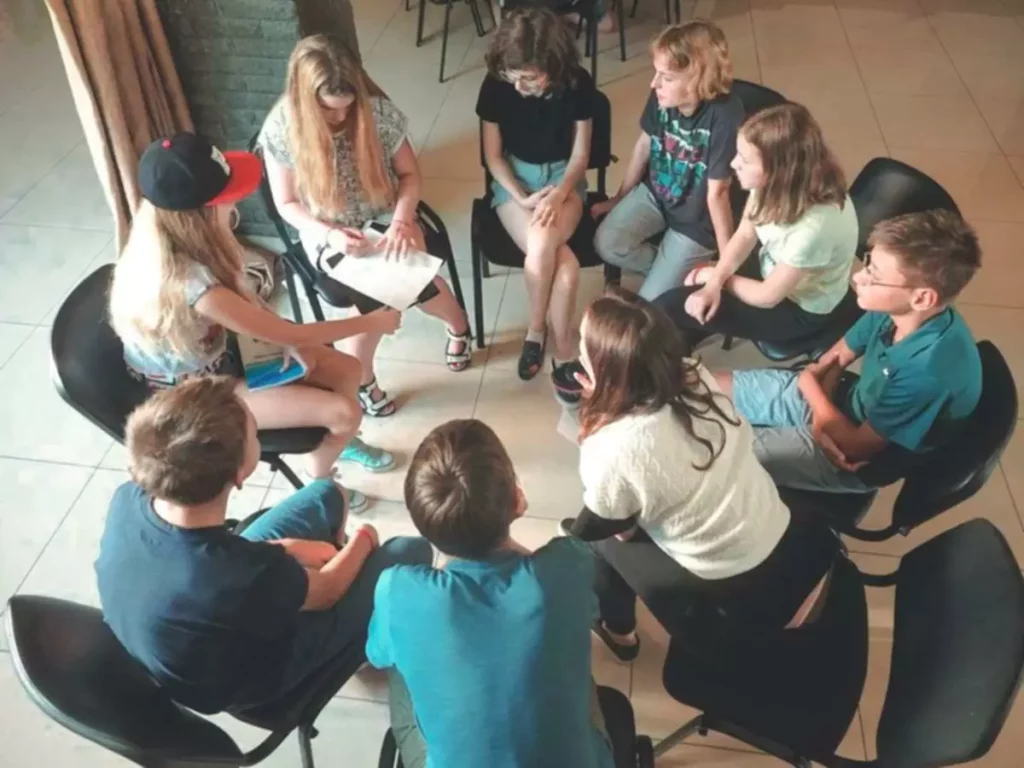This permits Node.js functions to provoke and handle outgoing WebSocket connections instantly, streamlining tasks similar to connecting to real-time knowledge feeds or interacting with other WebSocket servers. Users can now create a websocket client connection with the usual new WebSocket() constructor. Suppose a person initiates a WhatsApp connection by sending a message to a pal.

Websockets Vs Webrtc: The Differences
- The WebSocket protocol is a set of rules that defines how the client and server ought to communicate.
- Header field despatched by all browser shoppers (optional for non-browser clients).
- Diffusion is a pub-sub cache server based on websocket technologies, letting purchasers maintain a connection open and get notified of state modifications instead of polling for updates.
- Rather,I will cover an important bits so that we can achieve an understandingof the WebSocket protocol.
- The desk beneath describes the headers used by the client and the server through the opening handshake – both the required ones (illustrated in the code snippets above) and the elective ones.
- The enhancement focuses on the client-side of WebSocket communication, enabling Node.js to behave as a WebSocket shopper.
Cowboy is a self-hosted solution that offers builders full control over their server setup. Right Here are the steps the WebSocket Protocol goes through to set up a connection. These use cases highlight the indispensability of WebSockets throughout totally different industries that rely on real-time communication. To clarify, Sec-WebSocket-Version, one can explain the WebSocket protocol version prepared to make use of for the consumer. You can start in minutes with our complete app and API Safety Platform.
Functions like Google Docs could use WebSockets to enable multiple customers to edit a document simultaneously. Modifications made by one consumer are instantly mirrored for all others, making a seamless collaborative experience. The client initiates a connection request utilizing a standard HTTP GET request with an “Upgrade” header set to “websocket”.
If the server supports WebSockets and accepts the request, it responds with a particular one hundred and one status code, indicating that the protocol will be changed to WebSocket. WebSockets enable full-duplex, bidirectional communication between a consumer (typically a web browser) and a server over a single TCP connection. By understanding how WebSocket works, builders could make informed choices about implementing real-time communication, leveraging the advantages of WebSocket for a wide range of recent functions.
WebSocket is a framed protocol, which means that a piece of information (a message)is divided into numerous discrete chunks, with the size of the chunkencoded within the frame. WebRTC lacks signaling options, which is the place the WebSocket protocol comes in as an environment friendly signaling mechanism. In this scenario, WebRTC manages media and data streams between users while WebSockets handles signaling and knowledge synchronization. WebRTC and WebSockets complement each other and may be combined in purposes requiring signaling and coordination. You can configure WebRTC for peer-to-peer transmission and WebSockets for real-time message trade. WebSockets is a stateful protocol, that means the server and shopper stay active till one party terminates the connection.
The low-latency and bidirectional nature of WebSocket ensure a seamless user experience. As Quickly As the connection is established, it permits full-duplex communication. This signifies that each the client and the server can send and receive messages concurrently. This is totally different from conventional HTTP requests, which comply with a request-response pattern. A WebSocket connection is established through a process that begins with an HTTP request from the client to the server. This request contains an Upgrade header indicating that the shopper desires to establish a WebSocket connection.
The preliminary HTTP handshake is used to ascertain the WebSocket connection. The shopper sends an HTTP request to the server, specifying the WebSocket protocol in the Upgrade header. The server responds with an HTTP response that includes https://deveducation.com/ an Improve header indicating that it’s switching to the WebSocket protocol. WebRTC is essential in apps that need safe, high-quality, low-latency peer-to-peer connections, such as video, audio, and information streaming.
This persistent connection permits data to move in each directions at any time with out the necessity to re-establish connections for every interplay. The WebSocket API is trivial to use, and there are numerous WebSocket libraries and frameworks available in each programming language. Every body has an opcode that determines how to interpret that frame’s payload data. The commonplace opcodes presently in use are defined by RFC 6455 and maintained by the Web Assigned Numbers Authority (IANA). It helps the client and server agree on a set of protocol-level extensions to use during the connection.

What Are The Other Resources And Offers Provided By The Knowledge Academy?
A WebSocket connection is a continuous connection between the shopper and server. The connection begins with each request the consumer makes from the server and ends with the server’s response. WebSocket connections can be maintained for so lengthy as the shopper and servers want it to be open, which means information can circulate by way of that WebSocket as long as what is websocket the events wish—all from one initial request. WebSocket is a bidirectional communication protocol based mostly on TCP that standardizes communication between a shopper and a server, permitting for both parties to request data from one another. In contrast, a unidirectional protocol like HTTP solely allows for the client to request knowledge from the server.
Implement Safety
Optimize message payload through efficient serialization formats such as JSON or Protocol Buffers. The connection stays open until one side closes the channel, at which point the connection closes and the client-server engagement ends. To broadcast a message to all related clients, iterate via the related clients and ship the message.
Websocket Instruments For Implementing Real-time Functionality In Purposes
All types of arbitrary utility knowledge and extension information are known as payload data. The consumer and servers use this information for negotiation and are used in the early WebSocket handshakes. Diffusion is a pub-sub cache server primarily based on websocket technologies, letting clients hold a connection open and get notified of state modifications as an alternative of polling for updates. WebSockets are commonly utilized in monetary trading functions to offer real-time updates on inventory prices and different monetary information. With WebSockets, information may be sent and received in real-time, permitting traders to make informed selections based on the most recent market data. WebSockets require that allpayload be obfuscated utilizing a random key (the mask) chosen by the client.The masking secret is combined with the payload knowledge using an XOR operationbefore sending information to the payload.
